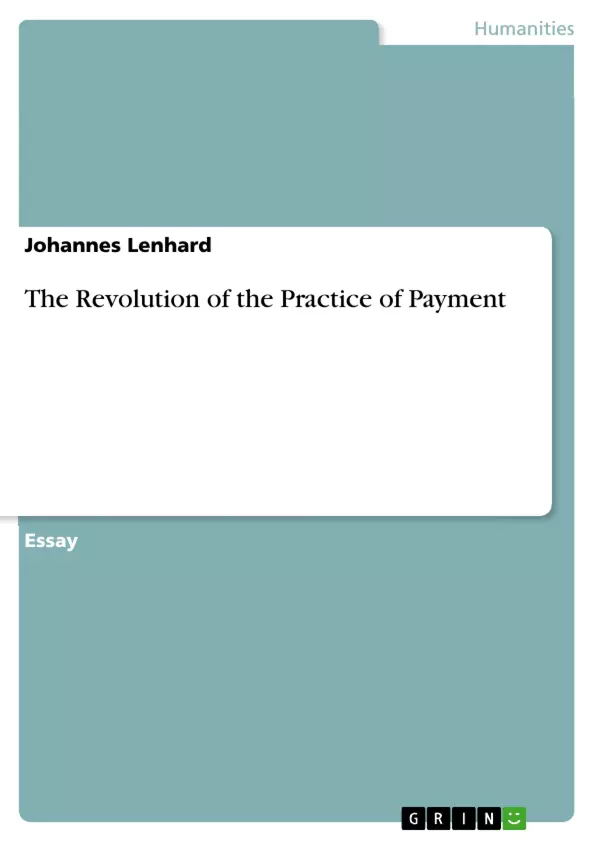The categories of real and symbolic, material and meaning have for a long time bothered not only cultural theorists but also prominent philosophers (e.g. Hegel, 1979; Heidegger, 1978) and sociologists (e.g. Baudrillard, 1983, 1993). Often the relationship between the two has been characterised in terms of ‘opposition’, ‘contrast’ or ‘incompatibility’. It can, however, be argued that this theorizing has – at least in cultural theory which is the strand of discourse that is dealt with in this paper – been replaced by a ‘unity’. More precisely, it is practice theory that has in several ways overcome the opposition and replaced it with an ‘inclusive view’ (e.g. Reckwitz (2002); Shove&Pantzar (2005)).
Going beyond the debate of ‘practice theory’ in its different forms (comparing for example Bourdieu with Schatzki) and also exceeding the comparison of practice theory with other forms of cultural theory (see Reckwitz (2002) for an overview), this paper will make two arguments: First of all, if we focus on the more recent forms of practice theory (what Postill (2010) calls the ‘second wave’), it is indeed possible to abolish the above oppositions in favour of an inclusive notion of practice regarding material and meaning. We will try to provide a common theoretical understanding of practice in the first part of the following essay. Secondly, the main part of this paper consists of an applied case study, the ‘Revolution of the Practice of Payment’. We follow the approach developed by Shove and Pantzer (2005) towards Nordic walking in order to depict the development of payment practices from coin and paper to plastic money.
In the last chapter of this paper, however, we will debate the notion whether it should do so. In this critical part, we will take into account arguments formulated on the one hand from material culture studies and on the other from language and representation studies in relation to payment practices in particular. Without questioning the general claim of practice theory, we show two alternative ways of describing payment. On the one hand we argue in the tradition of Shell and Baudrillard that payment became already with the advancement of paper money inherently immaterial and symbolic, whereas following Miller’s material studies on the other hand, payment will always be deeply linked to materiality – even in its most immaterial forms.
Inhaltsverzeichnis (Table of Contents)
- Practice theory - an overview of the 'Second Wave'
- Body & Mind
- Objects & Meanings
- Performance
- Summary
- The Revolution of the Practice of Payment
- Scene 1
Zielsetzung und Themenschwerpunkte (Objectives and Key Themes)
This paper argues that recent developments in practice theory have overcome the traditional opposition between the material and the symbolic, the real and the represented. It aims to demonstrate this by providing a theoretical overview of “second-wave” practice theory and applying this framework to a case study: the evolution of payment practices.
- The limitations of the real/symbolic dichotomy in cultural theory.
- An overview of "second-wave" practice theory and its inclusive approach to materiality and meaning.
- The application of practice theory to the historical development of payment methods.
- The interconnectedness of material objects and symbolic meaning within practices.
- The role of bodily experience and routine in shaping practices.
Zusammenfassung der Kapitel (Chapter Summaries)
The first section provides a theoretical framework by outlining key tenets of "second-wave" practice theory, emphasizing the integration of bodily experience, mental processes, material objects, and shared understanding within practices. It highlights the interconnected nature of material and symbolic aspects, rejecting an oppositional view. The second section begins the case study focusing on the historical evolution of payment practices, starting with a vivid scene depicting a market transaction in medieval London using coins.
Schlüsselwörter (Keywords)
Practice theory, material culture, symbolic meaning, payment practices, historical analysis, body and mind, materiality, meaning, routine, performance.
- Quote paper
- Johannes Lenhard (Author), 2012, The Revolution of the Practice of Payment, Munich, GRIN Verlag, https://www.grin.com/document/187366



